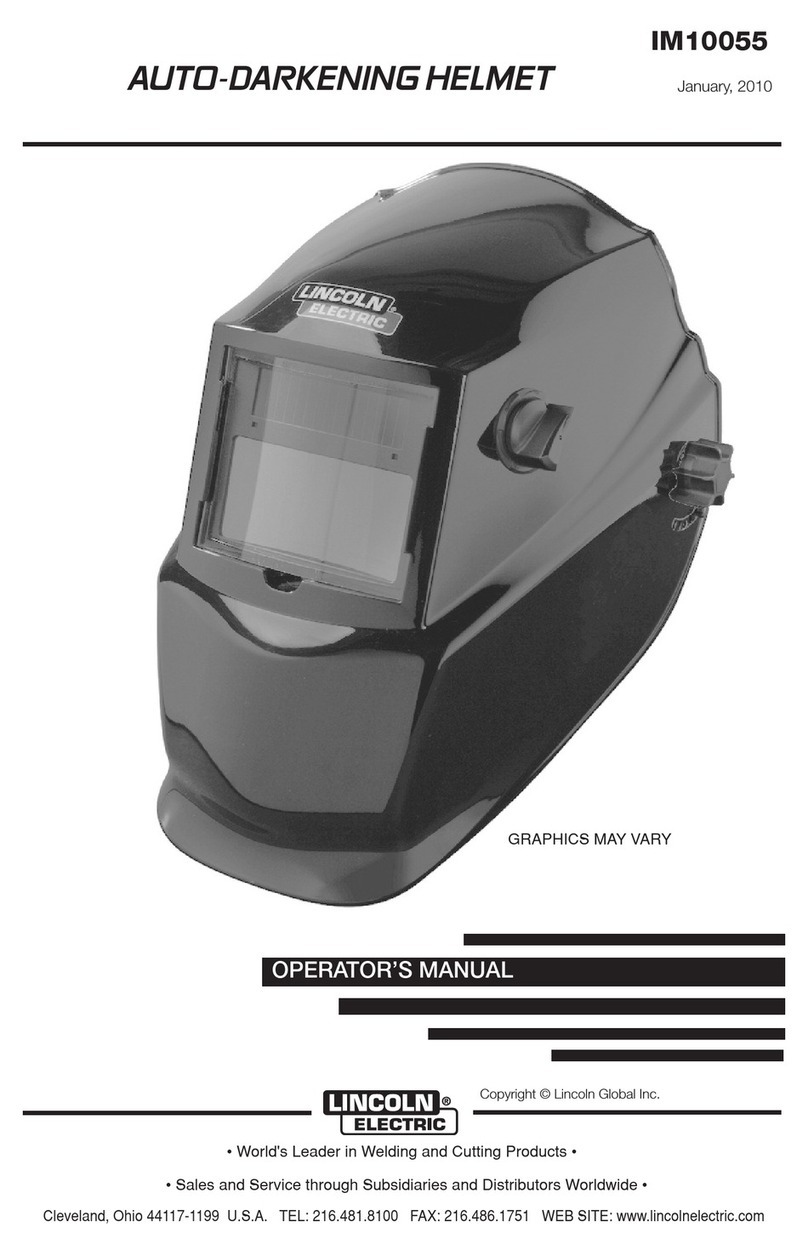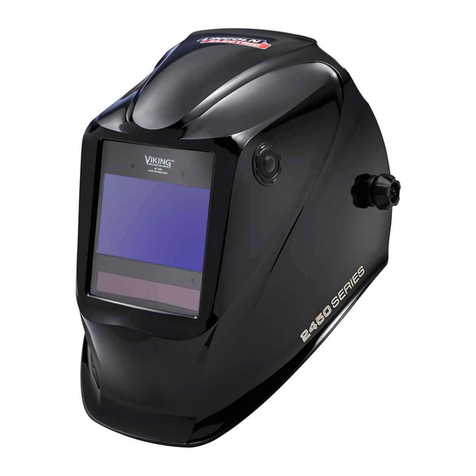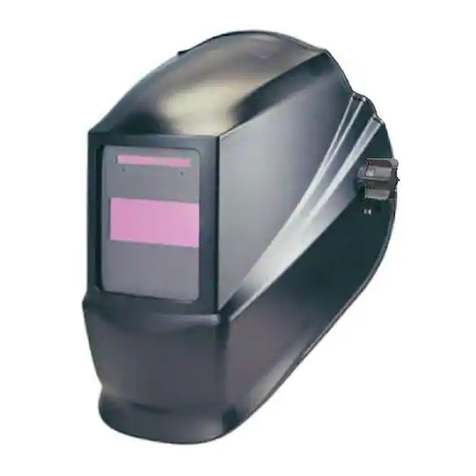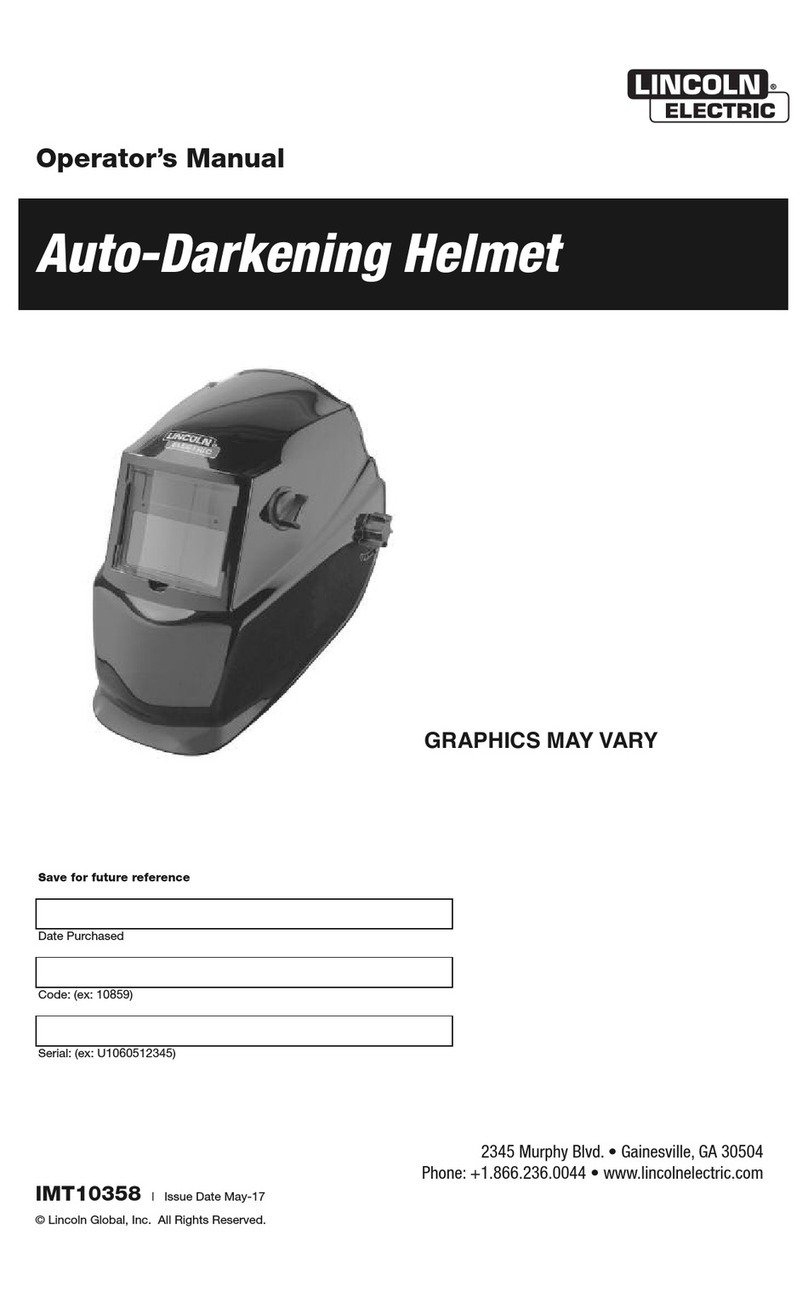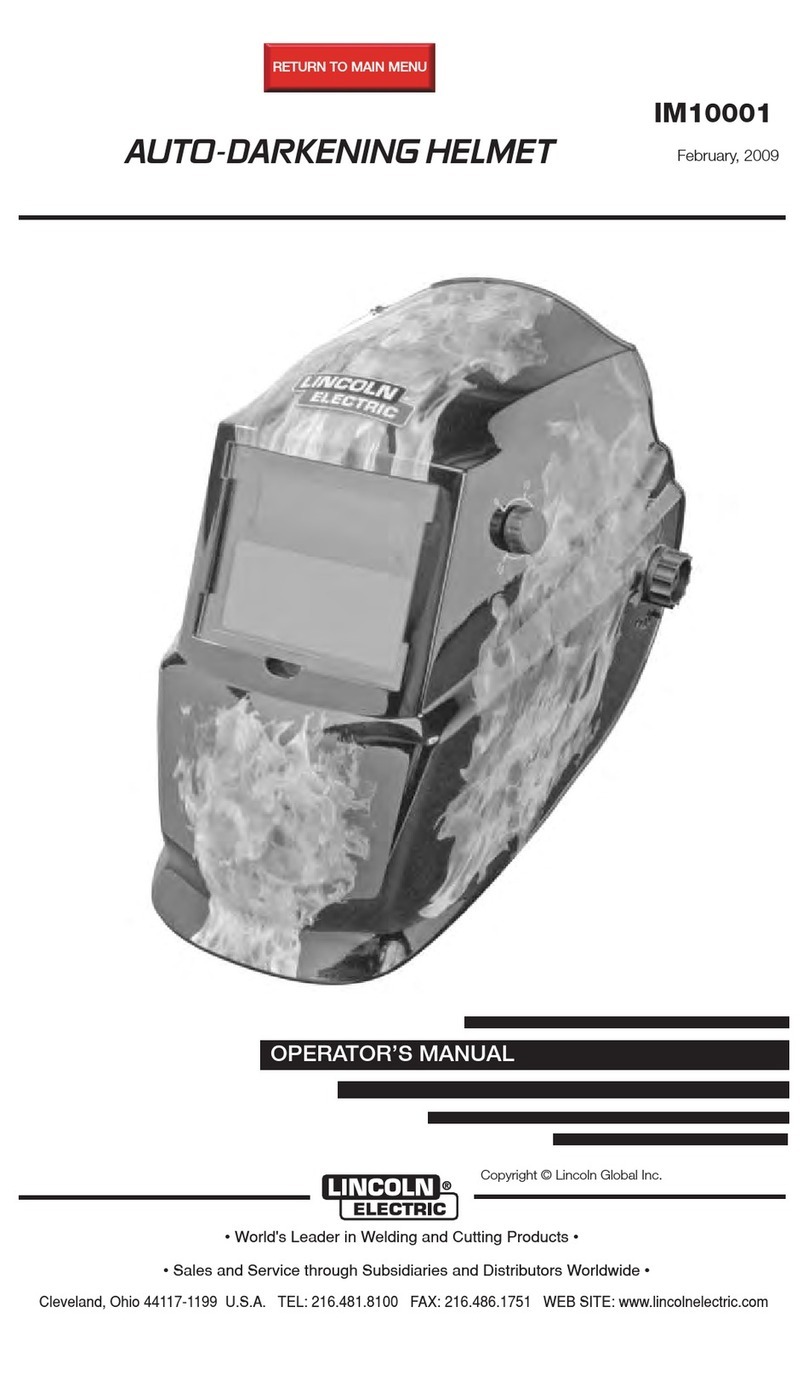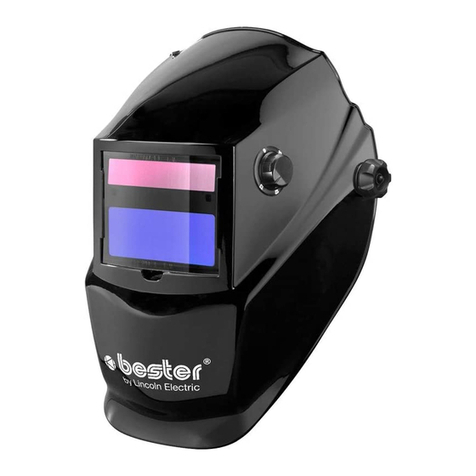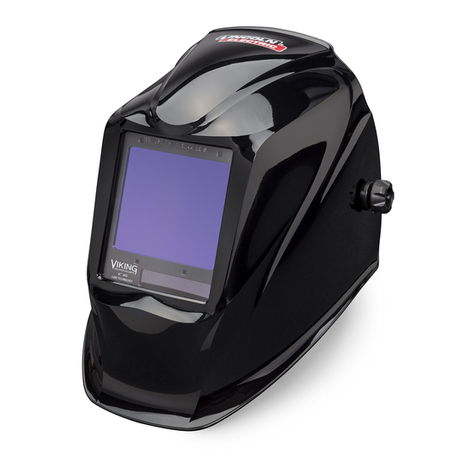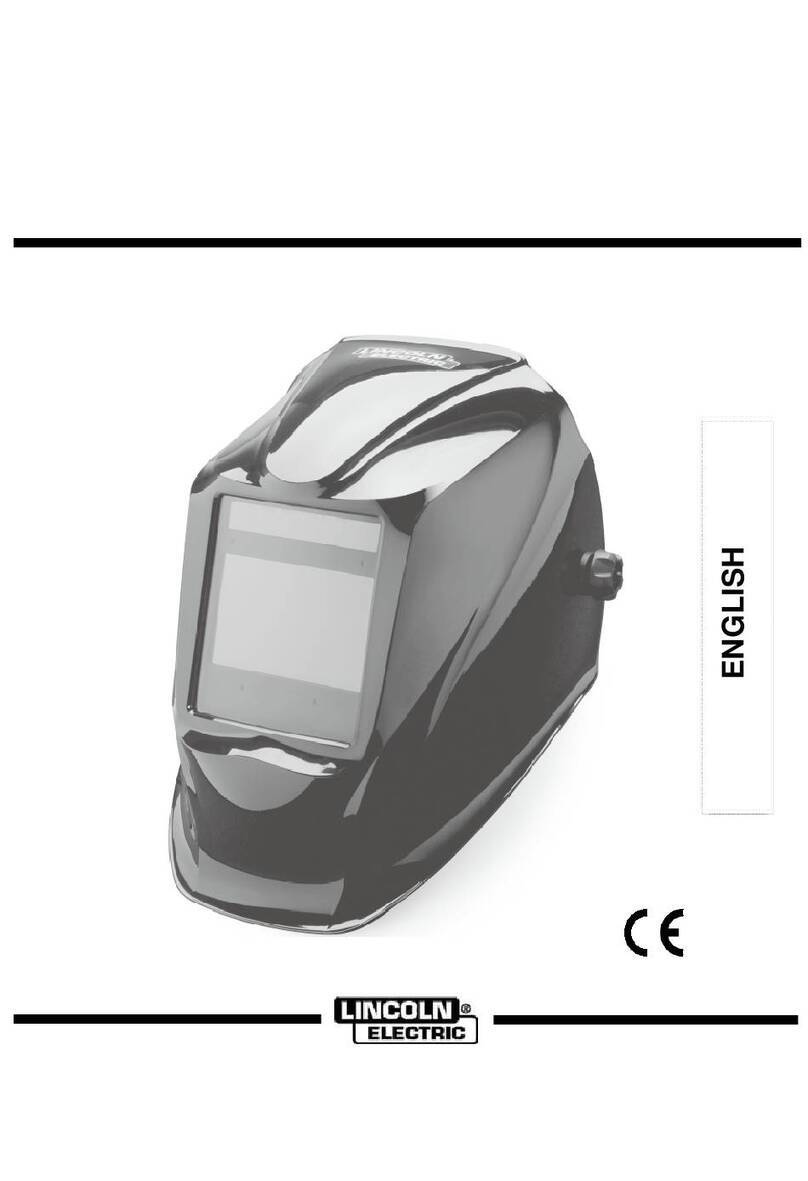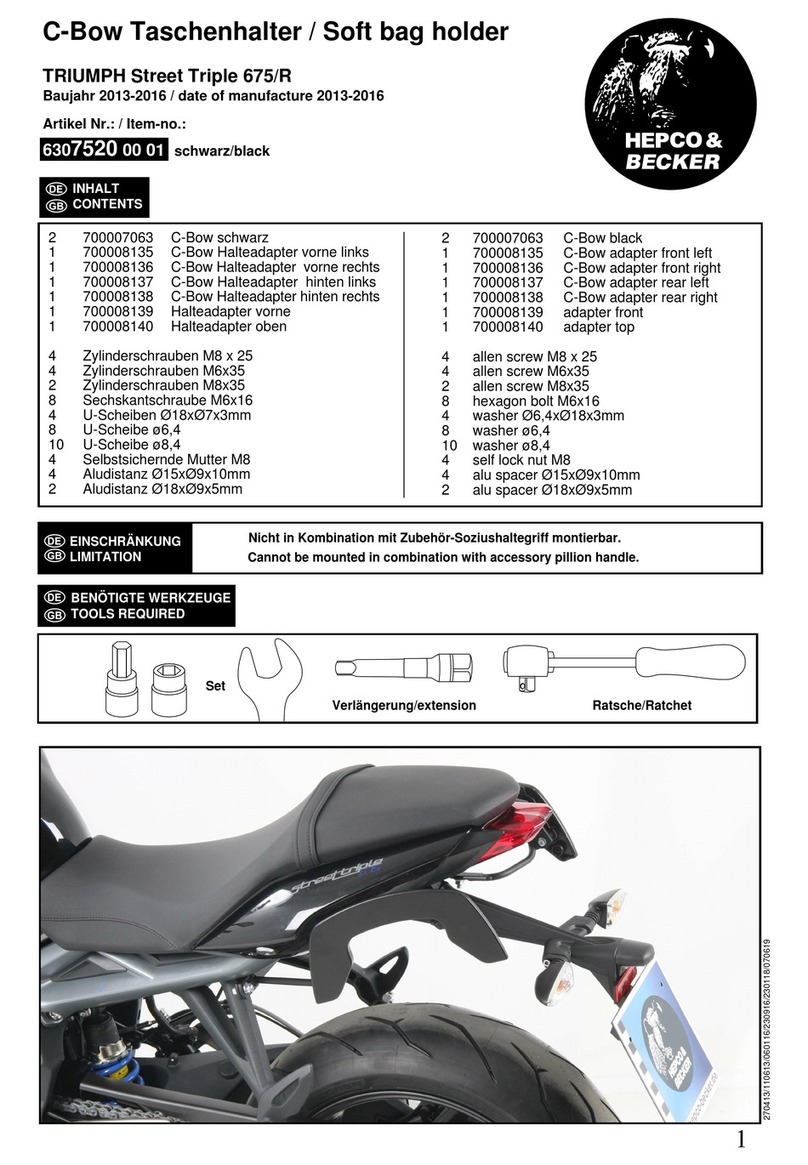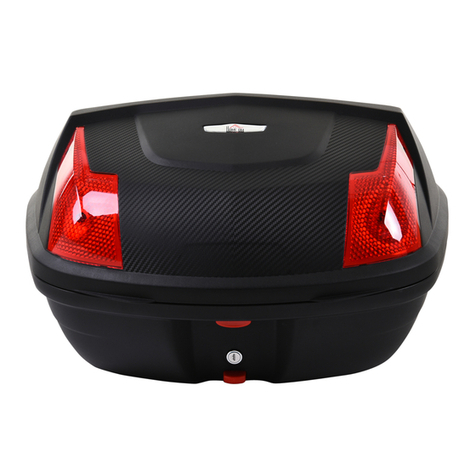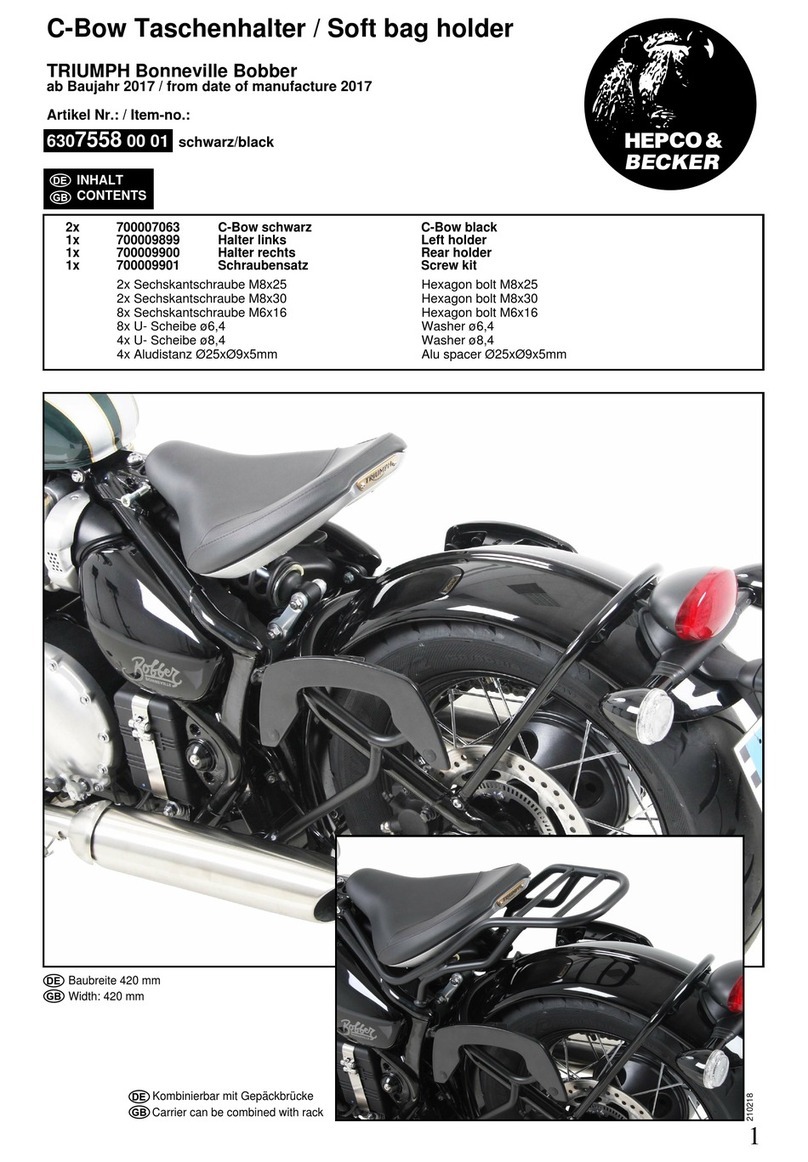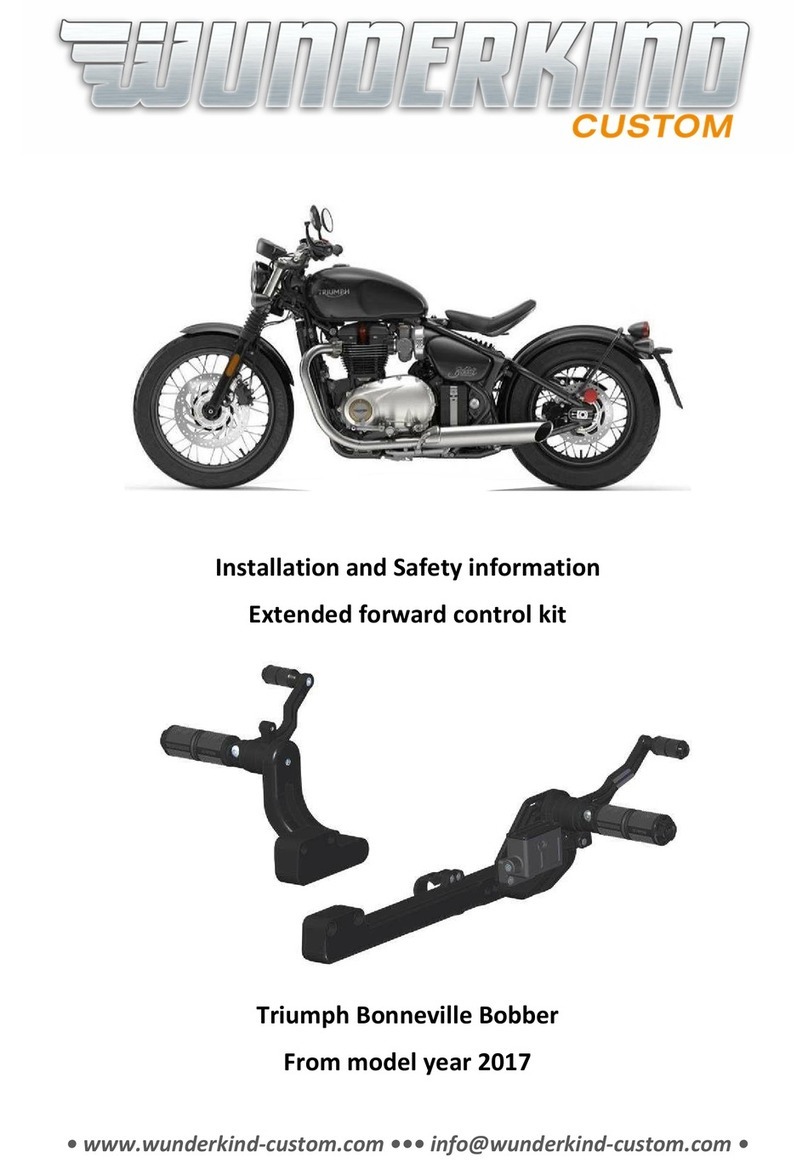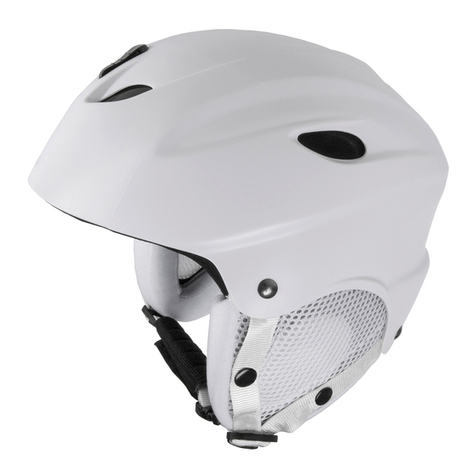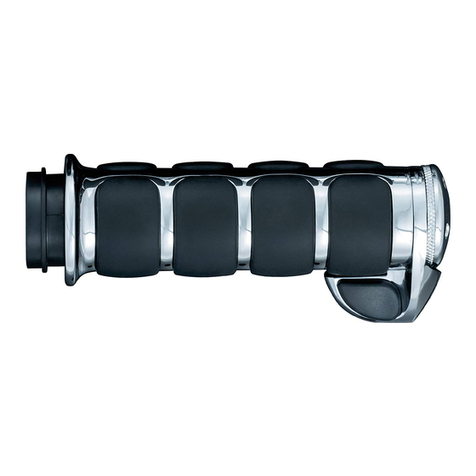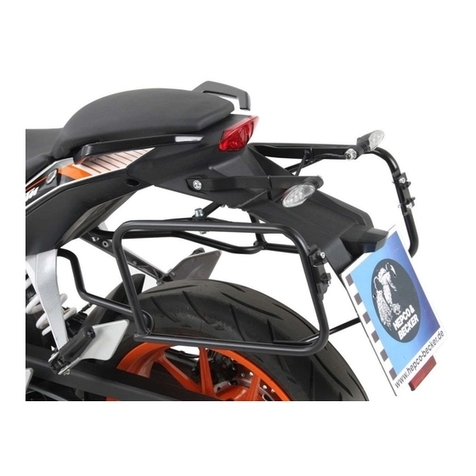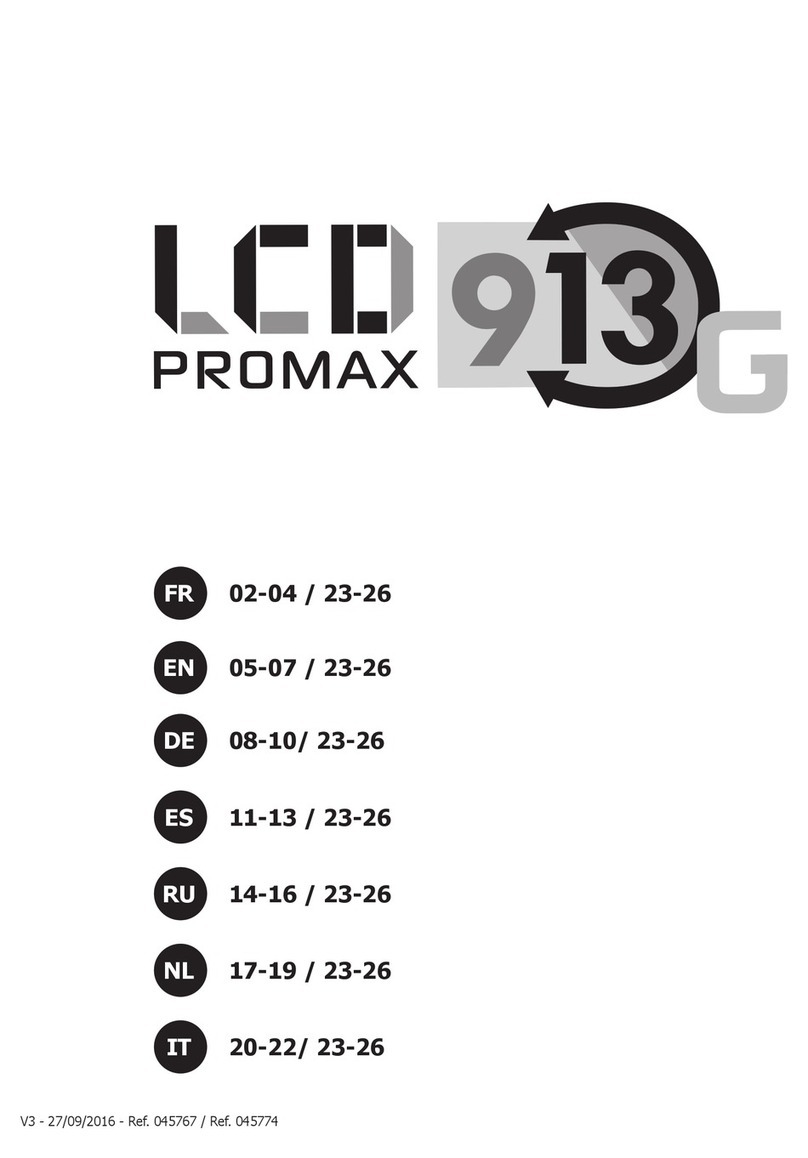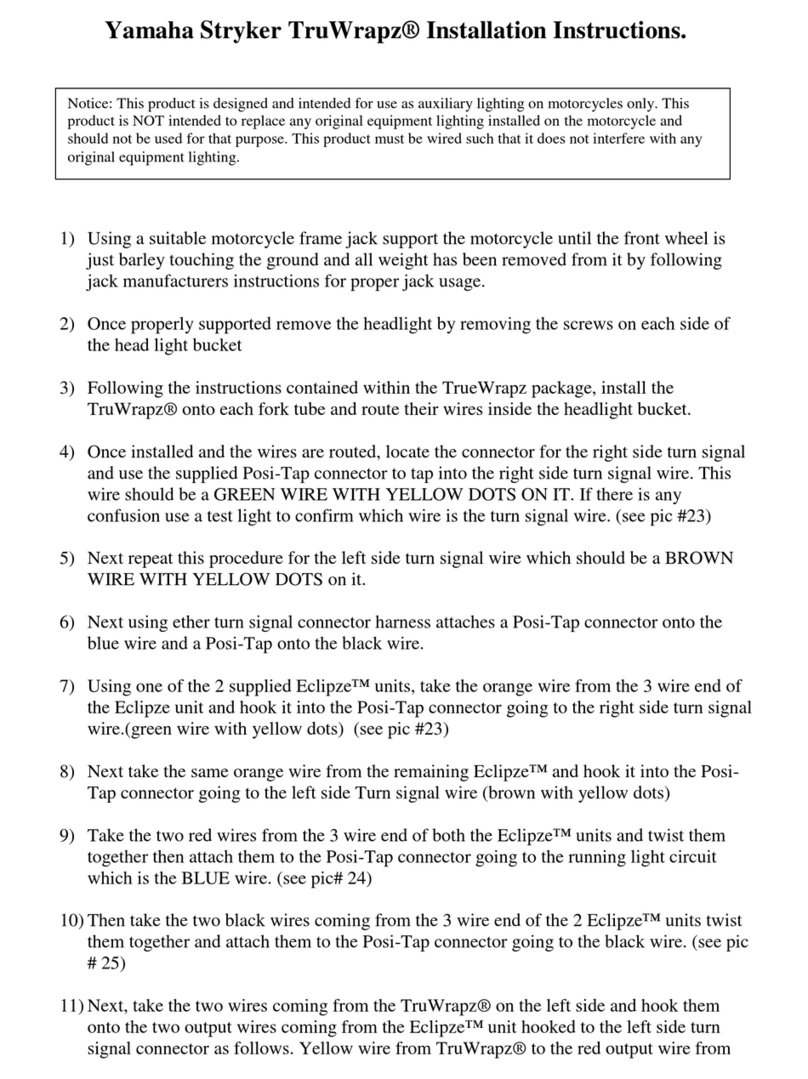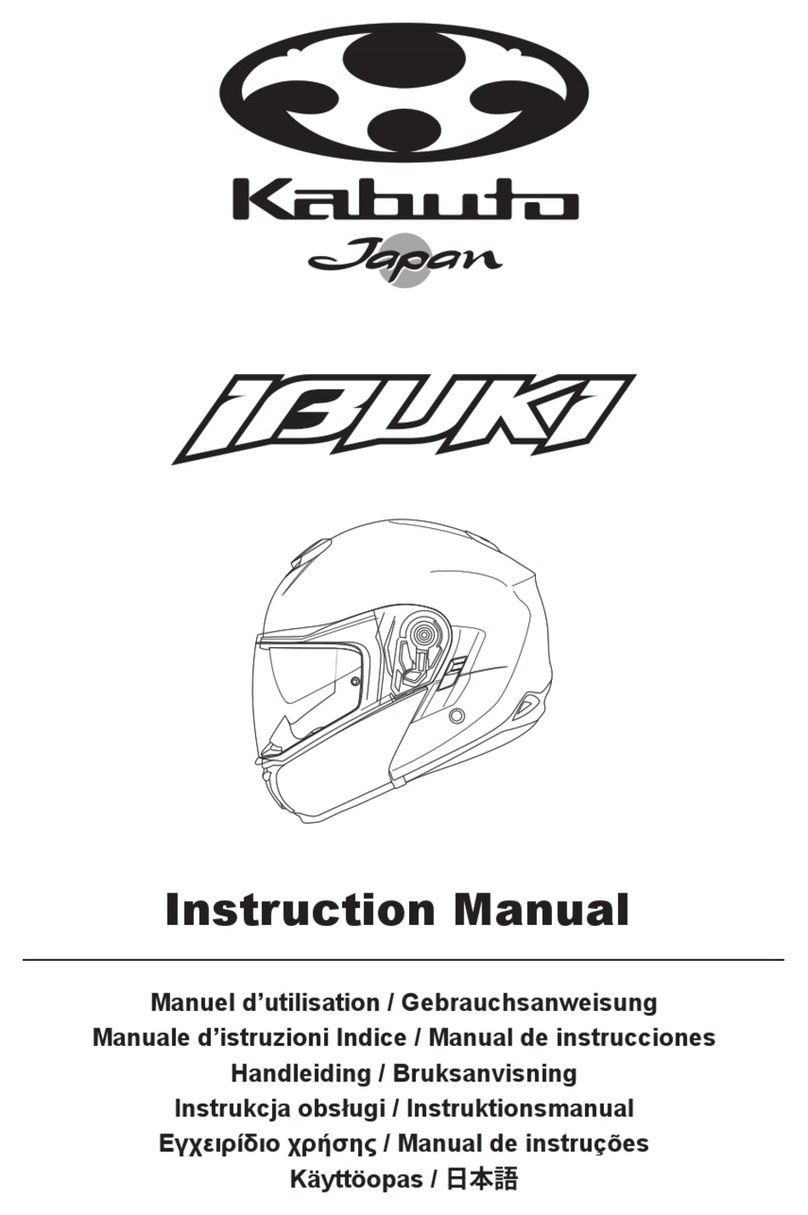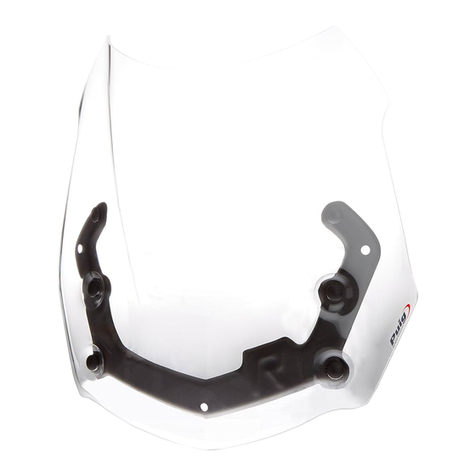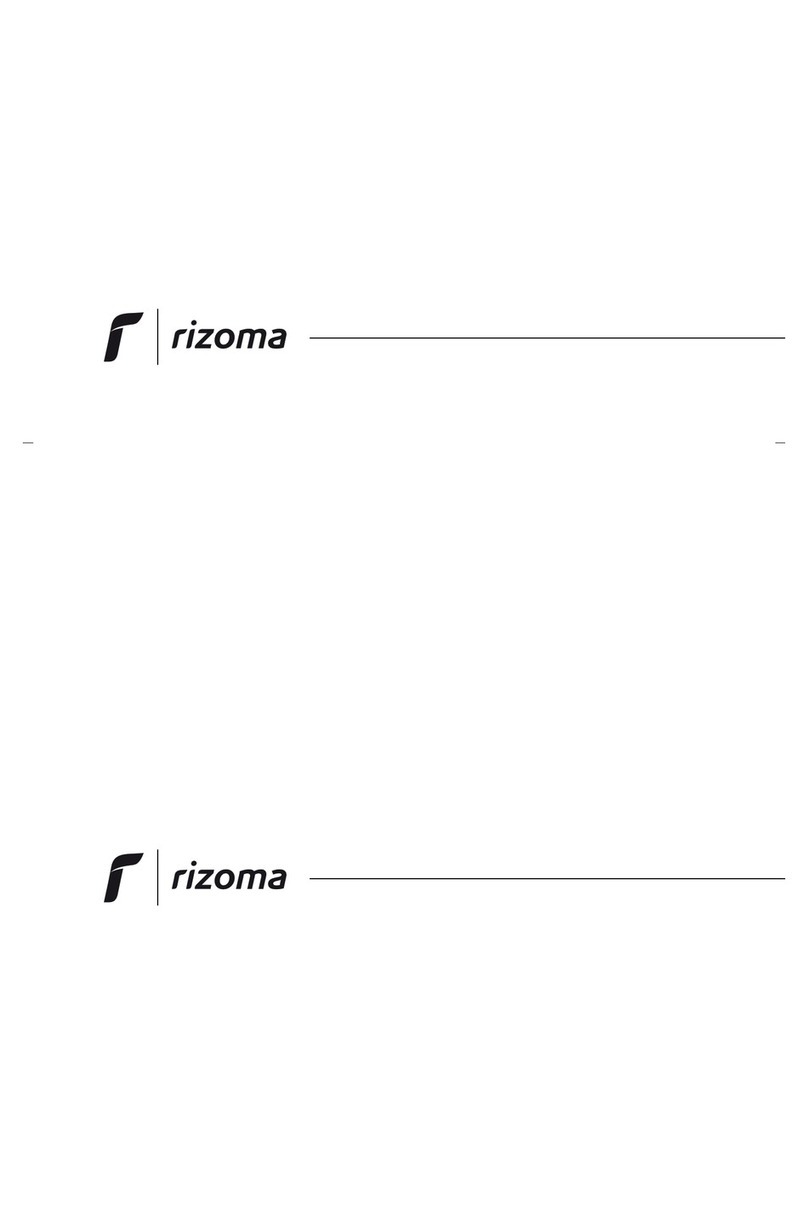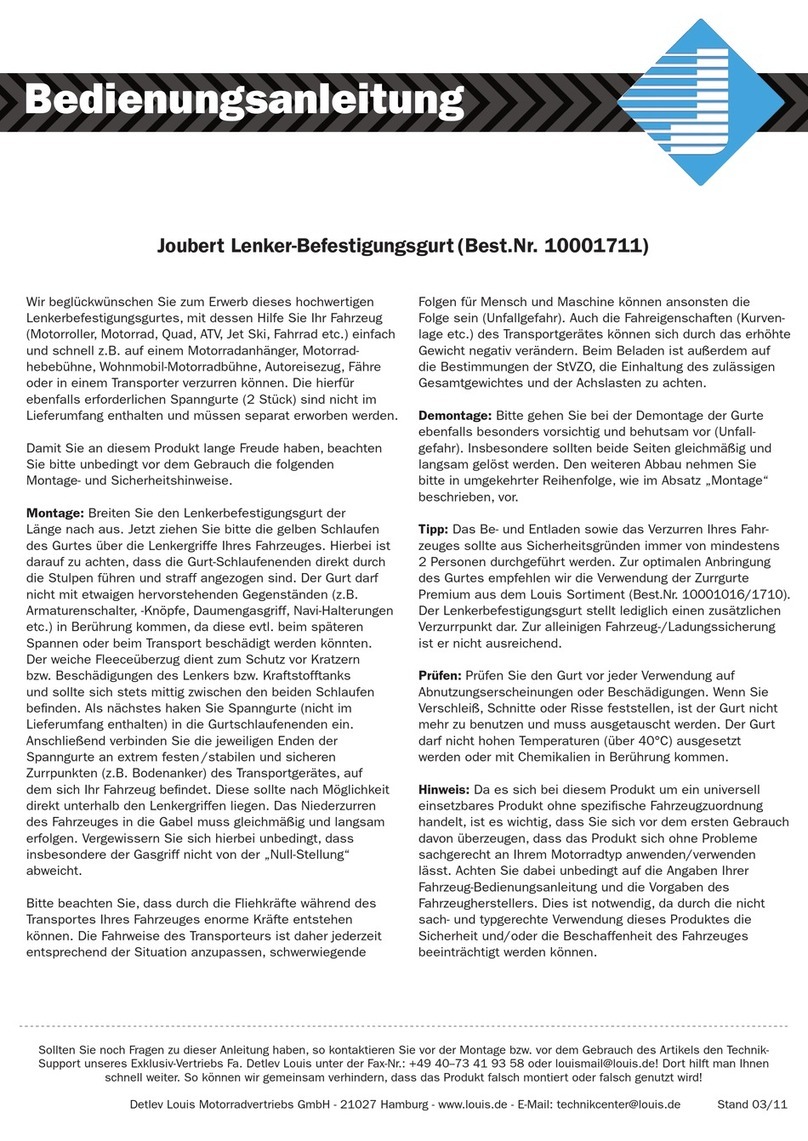
SAFE Y WARNINGS – READ BEFORE USING
ARC Rays can injure eyes and urn skin
• Before welding, always inspect helmet and filter lens to
e sure they are fitted properly, in good condition and not
damaged.
• Check to see that the clear lens is clean and securely
attached to the helmet.
• Always wear safety glasses or goggles under the welding helmet and
protective clothing to protect your skin from radiation, urns and spatter.
• Ensure that optical radiation from other welder’s arcs in the immediate
area does not enter in from ehind the helmet and auto-darkening filter.
Note: Auto-darkening filters in Lincoln helmets are designed to protect
the user against harmful ultra-violet and infrared rays oth in the dark and
light states. No matter what shade the filter is set to, the UV/IR protection
is always present.
FUMES AND GASES can e dangerous
to your health.
• Keep your head out of fumes.
• Use enough ventilation or exhaust at the arc or oth to
keep fumes and gases from your reathing zone and
general area.
• When welding with electrodes which require special ventilation such as
stainless or hard facing (see instructions on container or MSDS) or on
lead or cadmium plated steel and other metals or coatings which
produce highly toxic fumes, keep exposure as low as possi le and within
applica le OSHA PEL and ACGIH TLV limits using local exhaust or
mechanical ventilation. In confined spaces or in some circumstances,
outdoors, a respirator may e required. Additional precautions are also
required when welding on galvanized steel.
1
WARNING
Refer to http://www.lincolnelectric.com/safety
for additional safety information.
